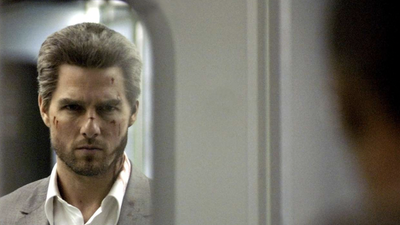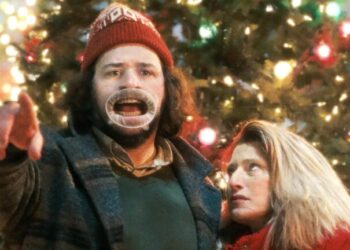Did the look of “Collateral” look like a step down for Mann, and for motion pictures? I nervous about that.
The precise film, which got here out 20 years in the past this week and simply got here out on 4K Blu-ray for the primary time, was a a lot richer expertise. It did not look slick or stable like Mann’s shot-on-film tasks. It had a tough look, as if we had been seeing footage captured on the fly by any individual who wasn’t alleged to be current. It felt uncooked, like lots of movies within the late ’90s and early aughts that had been shot with standard-definition video cameras after which printed to 35mm movie (“movie out” is what this course of was known as), creating an odd hybrid texture. (For examples, take a look at “The Celebration,” “Dogville” and “28 Days Later.”)
I used to be struck by the truth that visible components that almost all big-budget Hollywood motion pictures would have prevented for concern of being known as amateurish (equivalent to a lot of grain in footage captured at evening, or apparent video “tells” like smeariness/strobing) weren’t solely current in “Collateral” however appeared to have been leaned into relatively than minimized. The film appeared very comfy in its personal digital pores and skin. This was commonplace in low-budget work, but it surely was extremely uncommon in a $65 million manufacturing like “Collateral.” Even George Lucas, whose second prequel “Assault of the Clones” was the primary “Star Wars” film shot digitally, tried to make digital seem like 35mm movie to the utmost extent potential.
Most putting of all — and to my thoughts, an enormous compensation for anyone who missed the stable richness of 35mm movie — you may see just about every part that was occurring at evening in Los Angeles, together with the best way town’s lights had been mirrored in in low clouds. There was no straightforward approach to seize that particular attribute of city life on movement image movie. Not as vividly, anyway.
This was the look Mann needed, in response to an American Cinematographer article. Co-director of pictures Paul Cameron (working with Dion Beebe) mentioned the director “needed to make use of the format to create a form of glowing city surroundings; the objective was to make the L.A. evening as a lot of a personality within the story as Vincent and Max had been.”



















